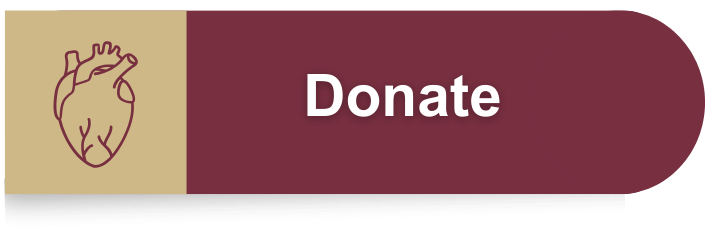You have probably had a doctor take your pulse rate before. Have you considered how much work your heart does to keep you going? With a pulse rate of 80, that turns out to be over 42 million heartbeats yearly! Without this pump, our brain, kidneys, and other vital organs would miss the nutrients and oxygen needed to function.
PULSE RATE
The pulse rate is normally maintained at 60-100 beats per minute by our natural pacemaker, the sinoatrial (SA) node. The SA node sends electrical messages through nerve fibers in the heart muscle at regular intervals. These nerves help coordinate the heart muscle to contract and eject nutrient-rich blood into circulation.
Once the contraction is complete, the heart relaxes. During this relaxation phase, the heart fills with more nutrient-rich blood. The heart normally works in about a 1:2 work-to-relax ratio, which means that 2/3 of the time, our heart is relaxing.
If the heart only works around 1/3 of the time, how much blood does it pump? Well, stroke volume, the amount of blood ejected with each heart contraction, is about 60 milliliters. Our example of 80 beats per minute works out to just under 5 liters of blood pumped per minute. That is impressive for an organ that only makes up 0.4% of our body weight.
BLOOD FLOW
We have three different types of blood vessels that make up our circulation; arteries, capillaries, and veins.
Our heart pumps blood into our thick-walled arteries where blood flows to various parts of our body. Think “A” for Artery moving blood Away from the heart. Blood flows from our arteries to our smallest vessels, our capillaries. These capillaries have thin walls that allow for gases like oxygen to pass from the bloodstream into our body tissues easily. Finally, our veins are responsible for moving blood back to our hearts.
The blood in our veins is referred to as ‘deoxygenated,’ which may sound like blood without any oxygen in it, but in fact, it is still 75% saturated with oxygen. I know it is a bit misleading; let’s take a closer look.
Oxygen moves through our circulation and is attached to hemoglobin proteins. Each hemoglobin protein has the important job of carrying oxygen molecules and ‘releasing’ some of them from the bloodstream in capillary beds. The key is that for every four molecules it carries, it usually aims to give up no more than one. Hence, three of four, or 75%.
Blood enters the heart before becoming ‘re-oxygenated.’ In the diagram below, the blue areas represent where our ‘deoxygenated’ blood flows and the red where oxygen rich blood flows.
Blood enters the heart in the right atrium (RA, top left chamber in the image) and right ventricle (RV, bottom left chamber) before being pumped into lung circulation. The capillary beds in the lungs allow oxygen diffusion into the bloodstream.
The air around us is only about 20% oxygen, the majority is made up of nitrogen plus a small amount of carbon dioxide, argon, water vapor, and other gases. Thankfully, when we breathe in the air around us, our lungs effectively pull oxygen into the capillary beds surrounding the lungs.
This now oxygen-rich blood, at nearly 100% oxygen-carrying capacity, reenters the heart in the left atrium (LA, top right chamber in the image). Next blood flows into the left ventricle (LV, bottom right chamber in the image). This is the last stop in the heart before going back into our whole-body circulation.
So here we covered some basics behind how our heart normally functions. Many things, such as exercise training or diseases, can affect our pulse rate and blood flow. We will get into these in future blogs. Until then feel free to leave your thoughts, comments, and questions.
Thanks for reading.
-Joe
Editor(s): Austin Robinson, PhD
Curious to learn more? Check out these related resources.
Measuring your heart rate the ‘old-fashioned’ way
Measuring your heart rate using your cell phone
TED-ED: How the heart actually pumps blood - Edmond Hui
TED-ED: Oxygen’s surprisingly complex journey through your body - Enda Butler
References
Kenney, Wilmore, and Costill (2015). Physiology of Sport and Exercise, 6th Edition. Human Kinetics.
In-text image: Blausen.com staff (2014). "Medical gallery of Blausen Medical 2014". WikiJournal of Medicine 1 (2). DOI:10.15347/wjm/2014.010. ISSN 2002-4436.




